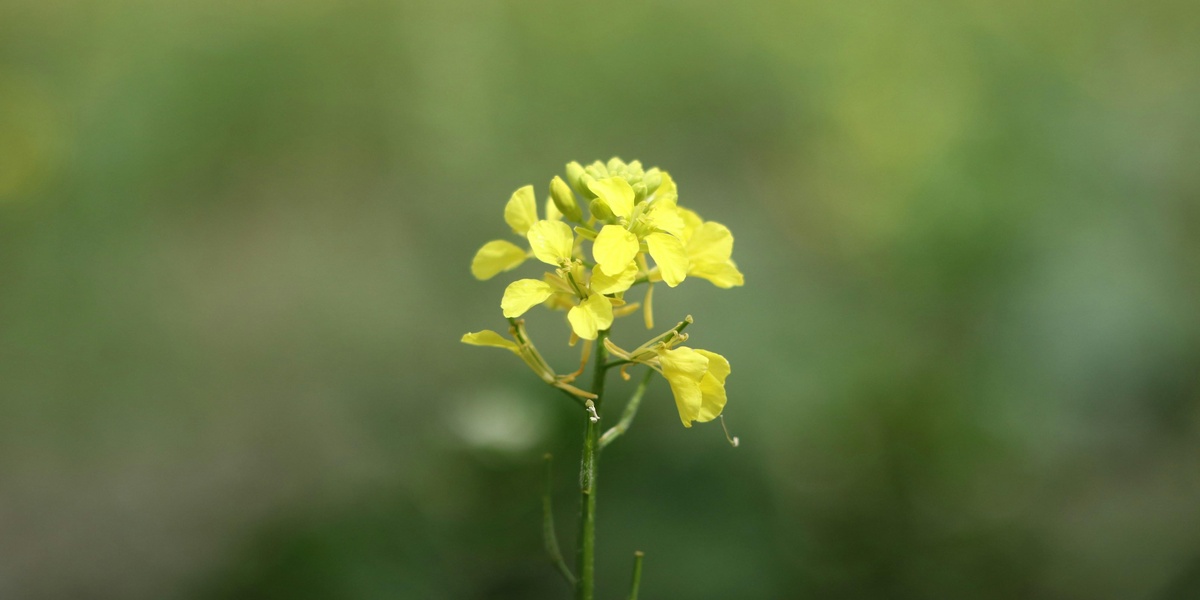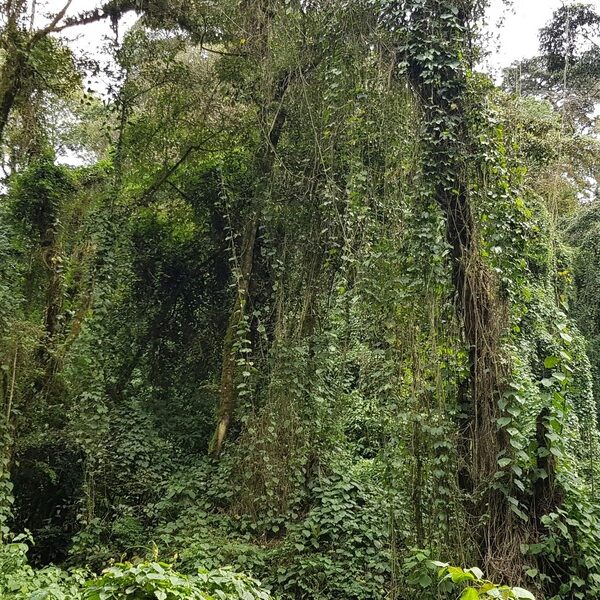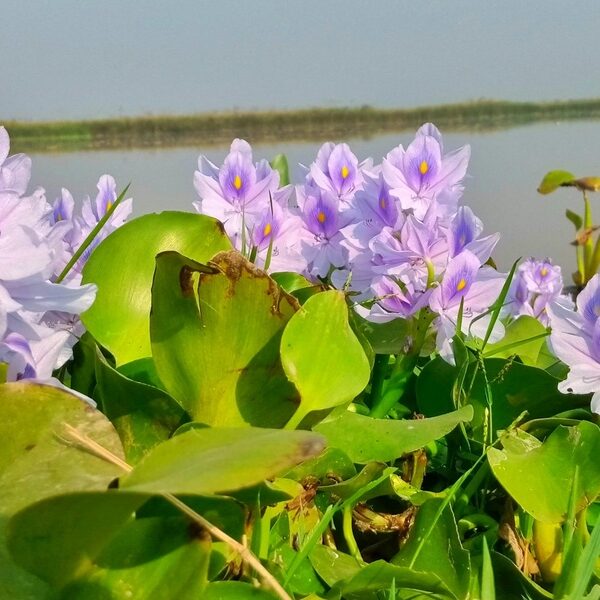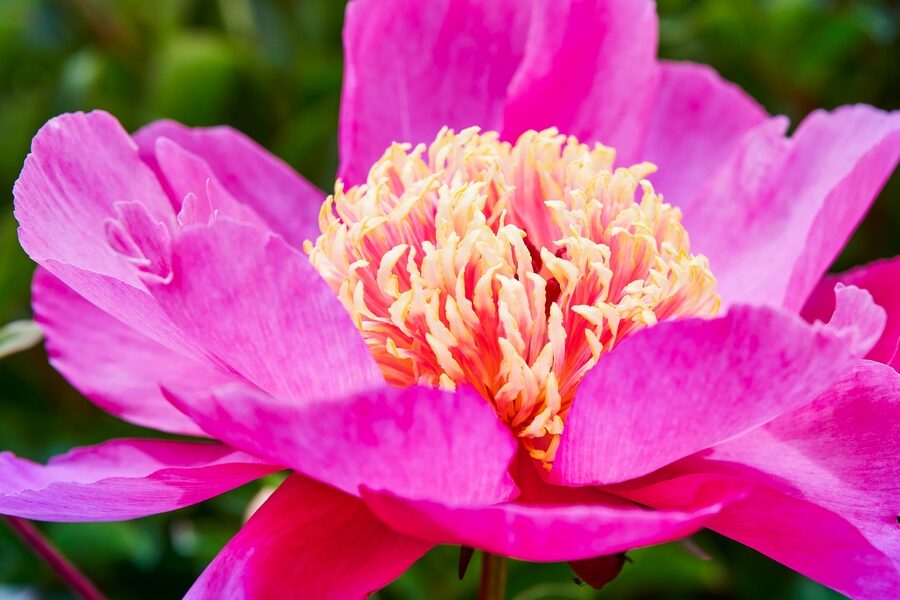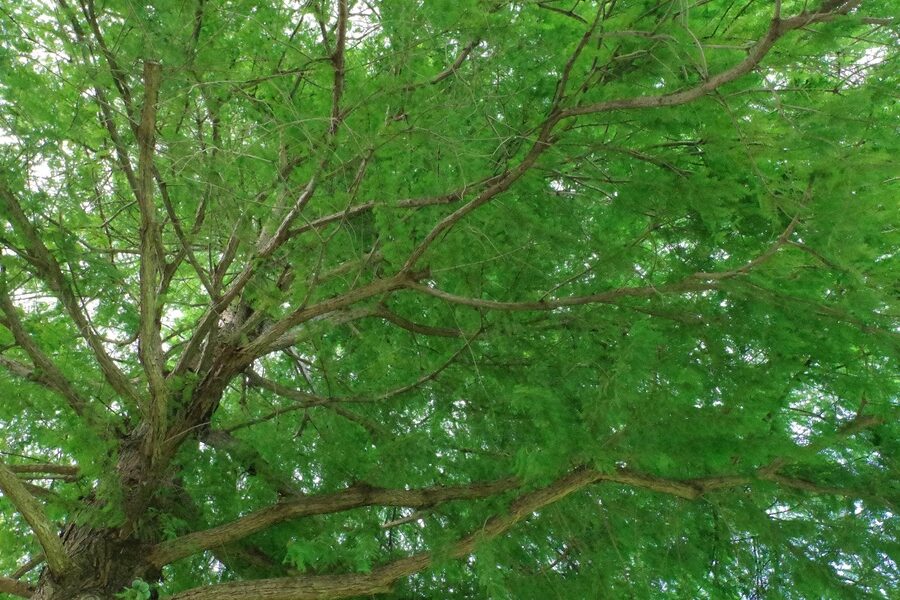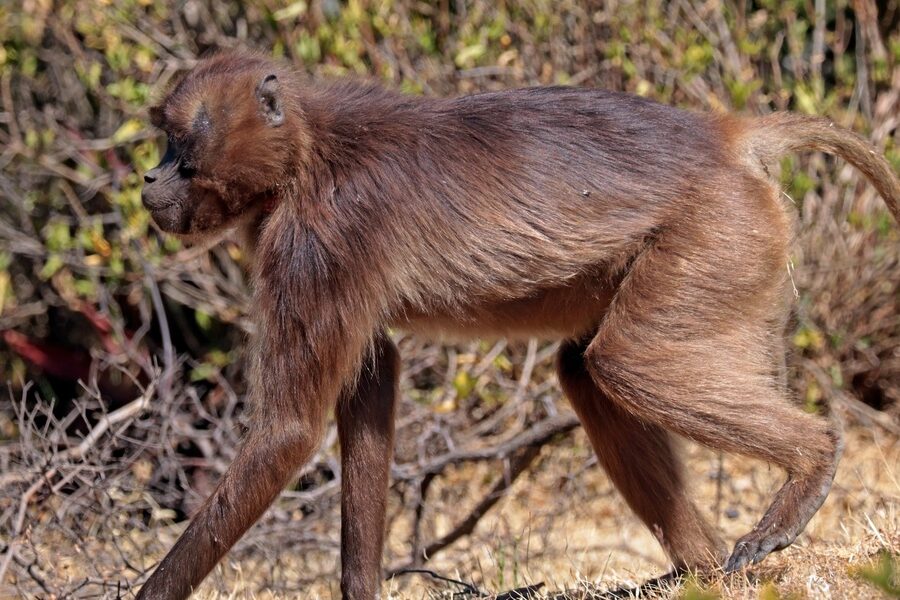Liechtenstein, though one of Europe’s smallest nations, cradles a rich and varied natural landscape, from its alpine peaks to the Rhine valley. This unique geography fosters a surprising diversity of flora, making the principality a quiet haven for botanists and nature enthusiasts alike.
This comprehensive list compiles the Plants of Liechtenstein, featuring an exact 68 species. You’ll find everything from the iconic Alpenrose thriving in higher altitudes to the striking Yellow gentian, showcasing the broad range of botanical wonders found here. Each entry is meticulously organized by Scientific Name, Habitat, and Status, providing a clear overview of the principality’s unique vegetation that you’ll discover below.
What factors contribute to Liechtenstein’s plant diversity?
Liechtenstein’s compact size belies a remarkable range of ecosystems, primarily due to significant altitude variations and a central European location. The principality spans from the fertile Rhine Valley floor to alpine regions reaching over 2,500 meters, creating distinct microclimates and soil conditions. This altitudinal gradient, combined with influences from both the Alps and the more temperate lowlands, allows for a diverse array of habitats supporting different plant communities, from wetlands to coniferous forests and high-alpine meadows.
Are there any protected or rare plants among Liechtenstein’s flora?
Yes, many of Liechtenstein’s native plants are subject to protection, reflecting their ecological importance or rarity within the region. The “Status” column in the list below provides specific details for each plant regarding its conservation status. Like many European alpine regions, Liechtenstein faces challenges such as habitat loss and climate change, making the conservation of its unique flora, including species like the Edelweiss, a priority for maintaining biodiversity.
Plants of Liechtenstein
| Common Name | Scientific Name | Habitat | Status |
|---|---|---|---|
| Norway spruce | Picea abies | Montane and subalpine forests | Common |
| European silver fir | Abies alba | Mixed montane forests | Common |
| Scots pine | Pinus sylvestris | Dry rocky slopes and open forests | Common |
| European larch | Larix decidua | Montane clearings and slopes | Common |
| Mountain pine | Pinus mugo | Alpine shrub belts and rocky ridges | Common |
| European beech | Fagus sylvatica | Lower montane and valley forests | Common |
| Sycamore maple | Acer pseudoplatanus | Mixed forests and forest edges | Common |
| Norway maple | Acer platanoides | Lowland woods and hedgerows | Common |
| Field maple | Acer campestre | Hedgerows, woodlands and rocky slopes | Less common |
| Common ash | Fraxinus excelsior | Riparian and mixed forests | Less common |
| European hornbeam | Carpinus betulus | Valley and lower montane forests | Common |
| European yew | Taxus baccata | Shady slopes and rocky outcrops | Rare/Protected |
| Common juniper | Juniperus communis | Rocky outcrops, slopes and alpine pastures | Common |
| Common hazel | Corylus avellana | Woodland margins and hedgerows | Common |
| Black alder | Alnus glutinosa | Riverbanks, wetlands and damp meadows | Common |
| Grey alder | Alnus incana | Moist alpine valleys and stream sides | Less common |
| White willow | Salix alba | Riparian zones and floodplain forests | Common |
| Goat willow | Salix caprea | Woodland edges, hedgerows and upland meadows | Common |
| Rowan | Sorbus aucuparia | Mountain slopes and open woodlands | Common |
| Silver birch | Betula pendula | Open woodland, disturbed ground and subalpine clearings | Common |
| Black elder | Sambucus nigra | Hedgerows, woodland margins and waste ground | Common |
| Wild cherry | Prunus avium | Woodland edges and orchards | Less common |
| Common broom | Cytisus scoparius | Open hillsides and disturbed slopes | Less common |
| Bilberry | Vaccinium myrtillus | Acidic woodlands, heath and alpine meadows | Common |
| Cowberry (Lingonberry) | Vaccinium vitis-idaea | Alpine heath, pine woods and rocky ground | Common |
| Heather | Calluna vulgaris | Heathlands, acidic grasslands and open moors | Common |
| Alpenrose | Rhododendron ferrugineum | Subalpine and alpine heaths | Common |
| Edelweiss | Leontopodium alpinum | Rocky limestone outcrops and high alpine scree | Rare/Protected |
| Trumpet gentian | Gentiana acaulis | Alpine meadows and limestone grasslands | Common |
| Yellow gentian | Gentiana lutea | Alpine pastures and grassy slopes | Less common |
| Alpine pasqueflower | Pulsatilla alpina | Alpine meadows and rocky pastures | Less common |
| Arnica | Arnica montana | Mountain meadows and open pastures | Rare/Protected |
| Moss campion | Silene acaulis | High alpine scree and wind-swept ridges | Less common |
| Harebell | Campanula rotundifolia | Dry grasslands, rocky slopes and alpine meadows | Common |
| Oxeye daisy | Leucanthemum vulgare | Meadows, pastures and roadside verges | Common |
| Meadow buttercup | Ranunculus acris | Meadows and pastures | Common |
| Globe flower | Trollius europaeus | Moist meadows and stream margins | Less common |
| Spring gentian | Gentiana punctata | Alpine meadows and rock ledges | Less common |
| Primula auricula | Primula auricula | Calcareous scree and rocky ledges | Less common |
| Alpine rock-jasmine | Androsace spp. | Rock crevices and high alpine gravel | Less common |
| Saxifrage | Saxifraga paniculata | Limestone outcrops and crevices | Less common |
| Pasque-type mountain violet | Viola calcarata | Alpine meadows and limestone slopes | Less common |
| Common spotted orchid | Dactylorhiza fuchsii | Meadows, woodland clearings and damp grassland | Less common |
| Early-purple orchid | Orchis mascula | Woodland edges and meadows | Less common |
| Lesser butterfly-orchid | Platanthera bifolia | Damp meadows and open woodlands | Rare |
| Wild strawberry | Fragaria vesca | Woodland clearings, meadows and hedgerows | Common |
| Wild raspberry | Rubus idaeus | Hedgerows, forest edges and clearings | Common |
| Stinging nettle | Urtica dioica | Fertile soils, hedgerows and disturbed ground | Common |
| Common plantain | Plantago major | Paths, disturbed ground and lawns | Common |
| Yarrow | Achillea millefolium | Dry meadows, pastures and roadside verges | Common |
| Germander speedwell | Veronica chamaedrys | Meadows, wood margins and grassland | Common |
| Herb-robert | Geranium robertianum | Woodland edges, shady banks and hedgerows | Common |
| Foxglove | Digitalis purpurea | Woodland clearings and forest edges | Less common |
| Bracken | Pteridium aquilinum | Open woodlands, clearings and upland pastures | Common |
| Male fern | Dryopteris filix-mas | Woodlands and shaded banks | Common |
| Sweet violet | Viola odorata | Shaded woodlands and hedgerows | Less common |
| Rockrose | Helianthemum nummularium | Dry calcareous grasslands and rocky slopes | Less common |
| Meadow vetchling | Lathyrus pratensis | Meadows, verges and riverbanks | Common |
| Autumn crocus (meadow saffron) | Colchicum autumnale | Damp meadows and pastures | Less common |
| Anemone | Anemone nemorosa | Deciduous woodlands and shady banks | Common |
| Forget-me-not (water) | Myosotis scorpioides | Stream margins, wetlands and damp meadows | Common |
| Columbine | Aquilegia vulgaris | Meadow edges and rocky slopes | Less common |
| Hellebore (Christmas rose) | Helleborus niger | Shady, calcareous woodlands and rock ledges | Rare |
| Wood sorrel | Oxalis acetosella | Shaded woodlands and moist banks | Common |
| Oxlip or cowslip? (Cowslip) | Primula veris | Open grasslands and calcareous meadows | Less common |
| Dog rose | Rosa canina | Hedgerows, scrub and woodland edges | Common |
| Meadow crane’s-bill | Geranium pratense | Damp meadows and pastureland | Common |
| Sweet woodruff | Galium odoratum | Shady woodlands and humus-rich soils | Less common |
Images and Descriptions
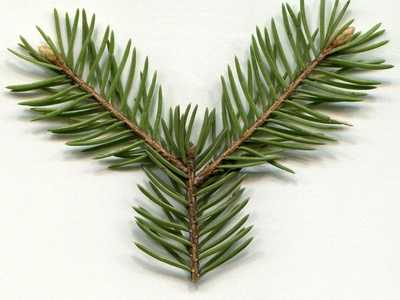
Norway spruce
Tall evergreen conifer dominating Liechtenstein’s higher forests, with hanging cones and needle-like leaves. It shapes mountain landscapes, supports wildlife, and is widely used in local forestry and timber production.
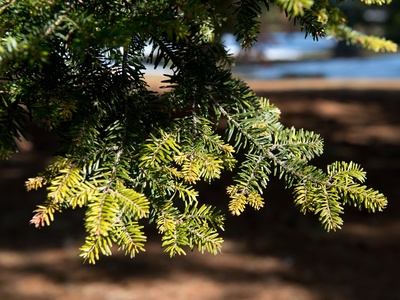
European silver fir
A graceful conifer of shady mountain slopes with flat needles and smooth bark. Silver fir forms dense stands with spruce and beech and is important for forest biodiversity and timber.
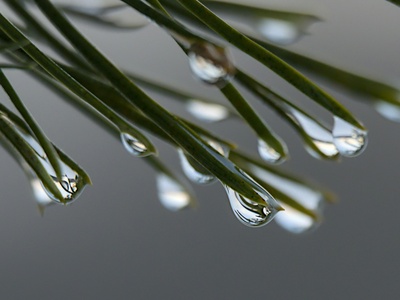
Scots pine
Hardy pine with orange-brown bark and long needles, often on drier ridge tops and poor soils. It tolerates exposed sites and contributes to subalpine woodland structure.
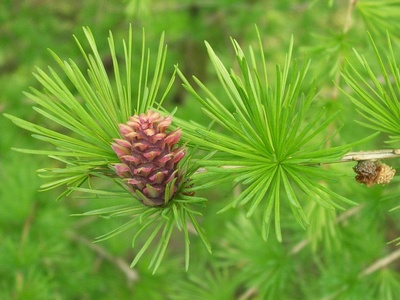
European larch
A deciduous conifer that turns golden in autumn before shedding needles. Larch grows on sunny mountain slopes and provides open-canopy habitats valued by many alpine plants and birds.
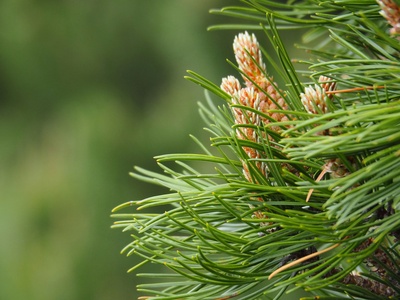
Mountain pine
Low, shrubby pine forming dense mats above the treeline. Mountain pine stabilizes soils, offers shelter in harsh alpine conditions, and shapes subalpine vegetation communities.
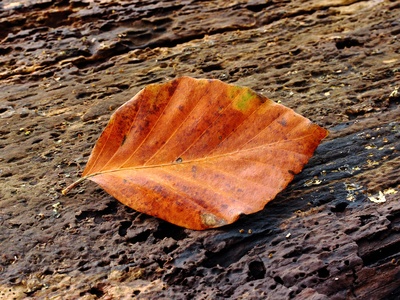
European beech
A dominant broadleaf tree of fertile valleys and mid-elevation slopes, with smooth grey bark and dense canopy. Beech woods host rich understories and change forest microclimates.
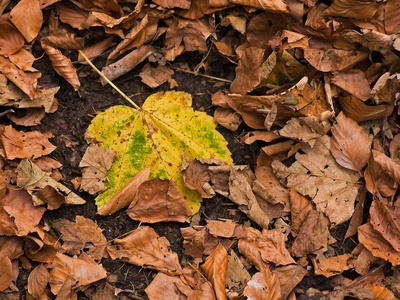
Sycamore maple
A robust maple with palmate leaves and winged seeds, frequent along woodland margins and valleys. It regenerates readily and is a typical component of Central European mixed forests.
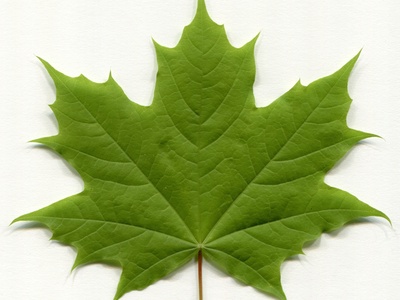
Norway maple
A widespread broadleaf tree with dense shade and distinctive sap exuding from crushed leaf petioles. Common in valley forests and rural hedgerows.
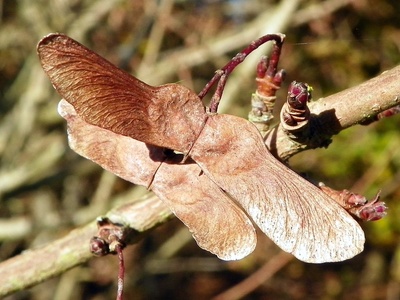
Field maple
A small to medium deciduous tree often in hedgerows and mixed woods, with lobed leaves and samaras. It thrives on varied soils and supports local insect diversity.
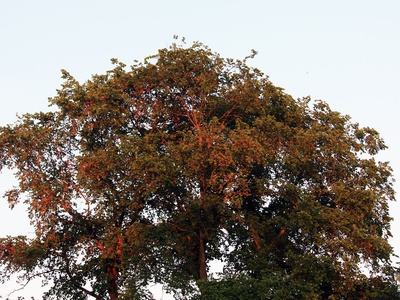
Common ash
A tall deciduous tree found along streams and in mixed woodlands. Recognizable by pinnate leaves and winged seeds, ash is valuable for wildlife but vulnerable to disease in parts of Europe.
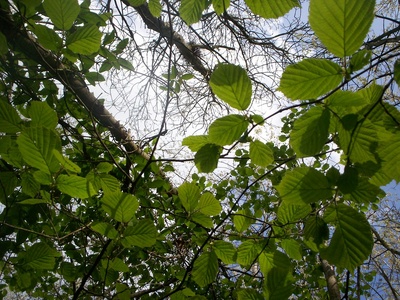
European hornbeam
A hardy broadleaf with fluted bark and dense canopy, often forming coppice or mixed stands. Hornbeam tolerates shade and clay soils, contributing to forest understory richness.
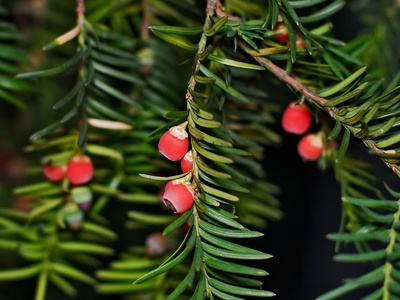
European yew
Slow-growing evergreen with red arils and flat needles, often in calcareous cliffs and old woodlands. Yew is culturally significant and legally protected in many Alpine regions.
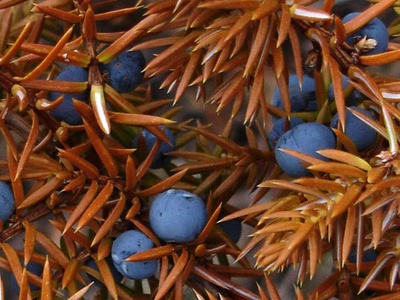
Common juniper
An evergreen shrub with aromatic foliage and blue berries, common on poor soils and open rocky places. Juniper is important for erosion control and traditional uses.
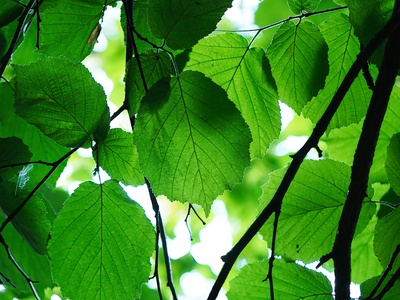
Common hazel
A multi-stemmed shrub producing edible nuts, frequent at forest edges and hedgerows. Hazel supports diverse wildlife and has a long cultural history of coppicing and local use.
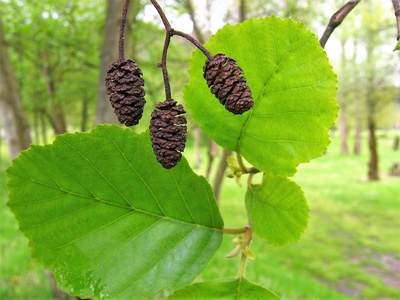
Black alder
A water-loving tree along the Rhine and streams, fixing nitrogen in riverside soils. Alders stabilize banks and provide important habitat for aquatic and riparian species.
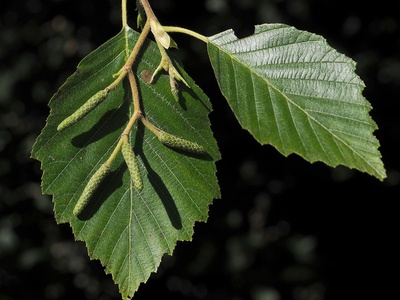
Grey alder
A smaller alder of higher elevations and damp clearings, with catkins and whitish bark. It thrives in moist soils and contributes to riverine ecology.
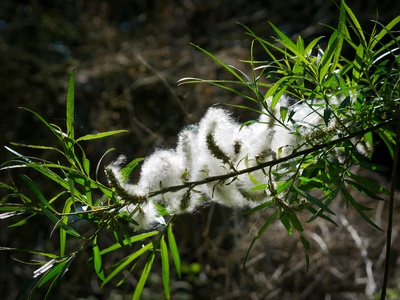
White willow
A large willow with pale underside leaves found along rivers and streams. Its flexible branches and rapid growth suit dynamic riverbanks and wet habitats.

Goat willow
A shrubby willow with furry catkins in spring, frequent in open woodlands and meadows. It is an early nectar source for pollinators.

Rowan
A small tree with pinnate leaves and bright orange-red berries, common at higher elevations. Rowan is valued for its autumn fruits and resilience in exposed sites.
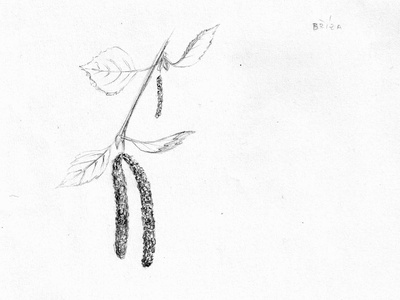
Silver birch
A graceful tree with white peeling bark and triangular leaves, pioneering open or disturbed areas and supporting a variety of insects and birds.
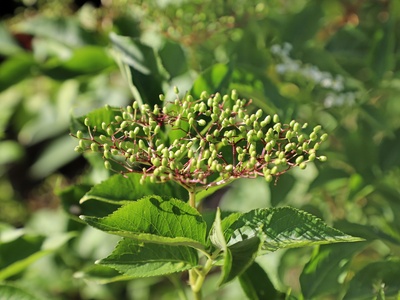
Black elder
A shrubby tree producing clusters of white flowers and dark berries used traditionally for food and medicine; common in valley hedges and disturbed ground.
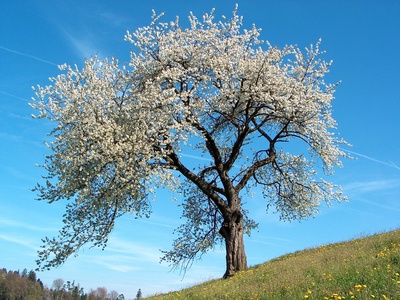
Wild cherry
A broadleaf tree with spring white blossoms and red fruits, found in mixed woodlands and older orchards. Its fruit and nectar attract many birds and insects.
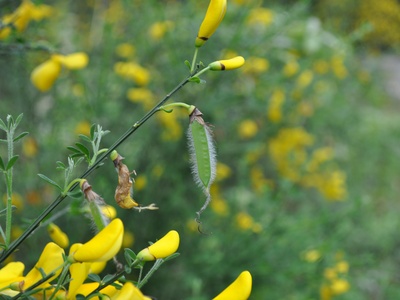
Common broom
A yellow-flowered shrub on dry, sunny slopes and coarse soils. Broom stabilizes poor sites and is noticeable for its bright spring display.
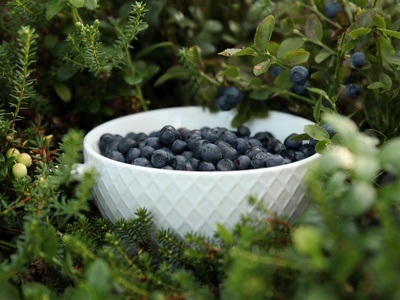
Bilberry
Low deciduous shrub with edible blue-black berries, abundant in acidic mountain soils. Bilberry forms carpets in heathlands and provides traditional seasonal food.
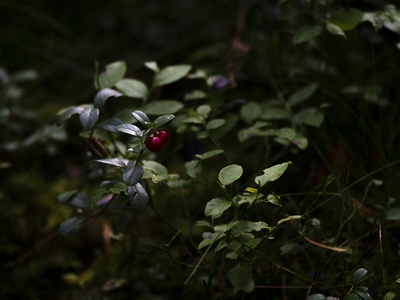
Cowberry (Lingonberry)
Evergreen low shrub with glossy leaves and red berries, typical of higher acidic soils. Lingonberry fruit is harvested locally and forms an important part of alpine berry communities.
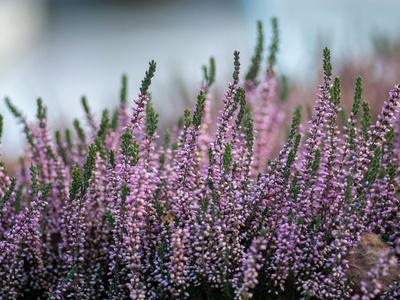
Heather
A small evergreen shrub covering acidic soils with pinkish bell flowers. Heather shapes heath ecosystems, supports pollinators, and colors landscapes in summer.
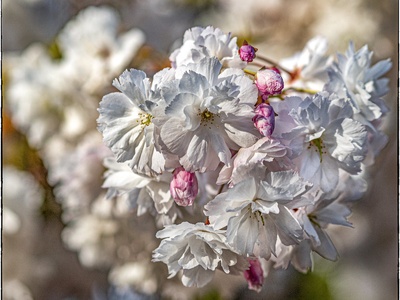
Alpenrose
Evergreen shrub with leathery leaves and clustered pink blooms, forming dense mats in the subalpine zone. Alpenrose is a classic element of high-mountain shrubland.
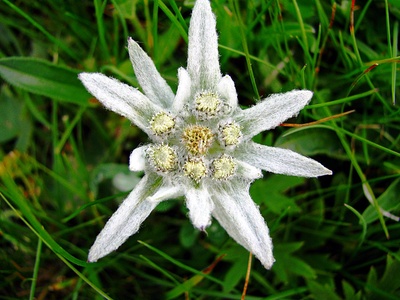
Edelweiss
Iconic white, woolly star-shaped flower of high rocky habitats. Edelweiss is protected and symbolic of Alpine flora, thriving in harsh, well-drained mountain sites.
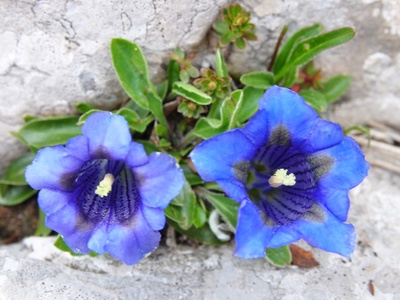
Trumpet gentian
A low, deep-blue bell-shaped flower found in short alpine turf. Trumpet gentian is eye-catching, often growing in nutrient-poor mountain meadows and rocky pastures.
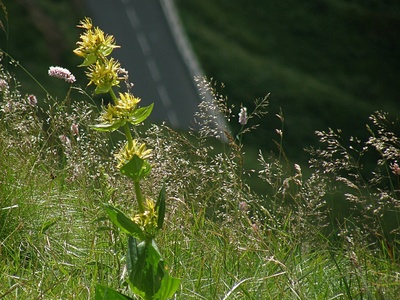
Yellow gentian
A tall herb with whorled leaves and yellow tubular flowers, known for bitter roots used in spirits and traditional medicine. It grows on nutrient-poor mountain slopes.
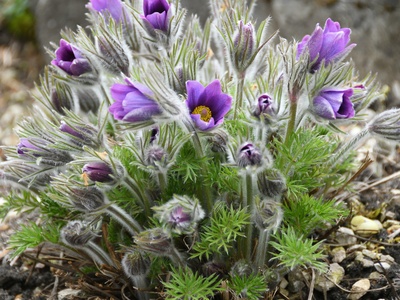
Alpine pasqueflower
A woolly perennial with pale bell-shaped flowers in spring, found in high-elevation grasslands. Its early blooms provide nectar to emerging pollinators.
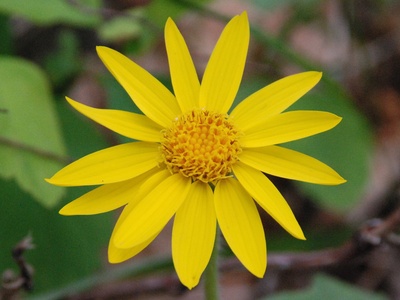
Arnica
Yellow daisy-like flowers in subalpine meadows, historically harvested for medicinal ointments. Arnica populations are declining in places and often protected to prevent overcollection.
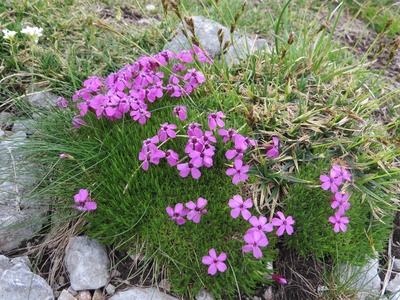
Moss campion
A low, cushion-forming perennial with pink flowers, adapted to cold, exposed alpine sites. It reduces wind exposure and creates microhabitats for other small plants.
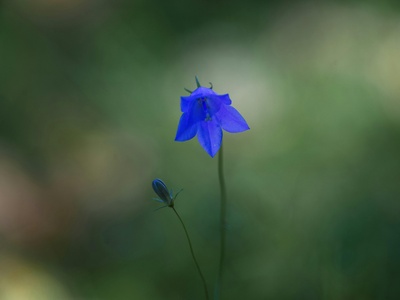
Harebell
Delicate blue bell-shaped flowers on wiry stems, common across meadows and rocky places. Harebell is a familiar alpine meadow species beloved for its airy appearance.
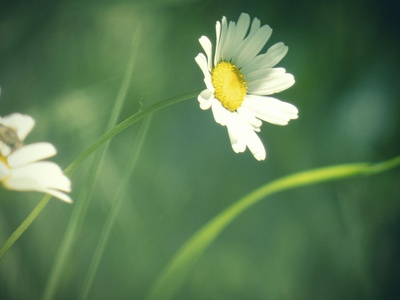
Oxeye daisy
Classic white-petaled daisy with yellow center, frequent in species-rich meadows and roadside verges. It supports pollinators and signals traditional meadow management.
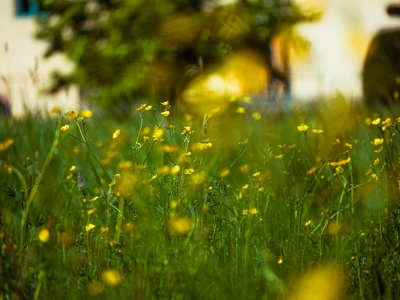
Meadow buttercup
Tall, glossy yellow flowers of grazing meadows; common in nutrient-rich grasslands. Buttercup indicates open meadowland and can be abundant where grazing is light or seasonal.
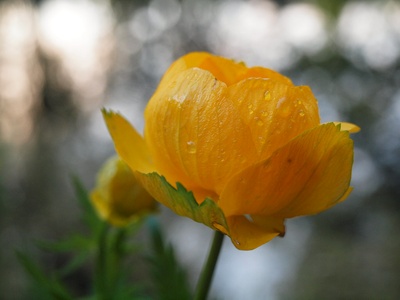
Globe flower
Bright orange spherical flowers in damp mountain meadows and along brooks. Globe flower favors wet soils and adds dramatic color to spring and early summer wetlands.
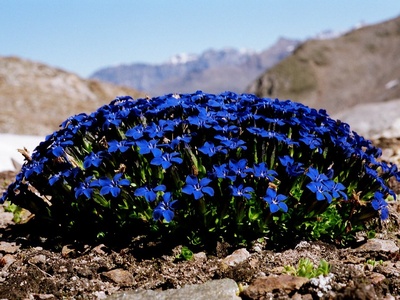
Spring gentian
Smaller yellow-spotted gentian of limestone-rich alpine turf. It forms part of diverse flower-rich high-elevation grasslands and attracts specialized pollinators.
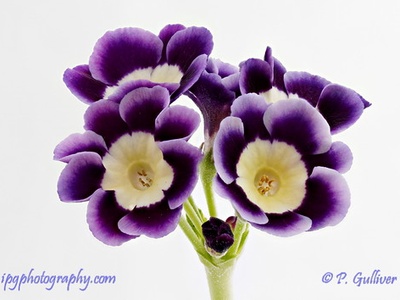
Primula auricula
A rosette-forming primula with bowl-shaped yellow flowers in early summer, typically found on lime-rich mountain rocks and cliffs; culturally prized by alpine plant enthusiasts.
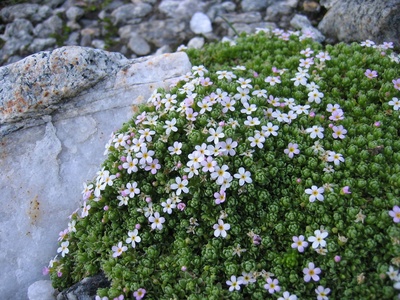
Alpine rock-jasmine
Small cushion-forming plants with bright flowers in crevices and thin soils, adapted to extreme conditions. These minute perennials add delicate patches of color to rocky slopes.
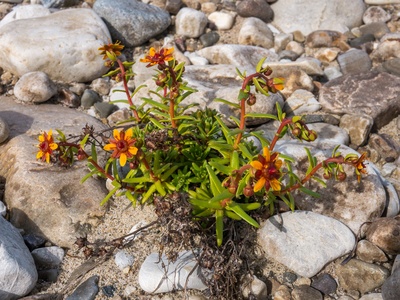
Saxifrage
A hardy perennial with basal rosettes and white flowers, clinging to rocky, often calcareous outcrops. Saxifrages tolerate extreme microhabitats and reduce erosion in crevices.
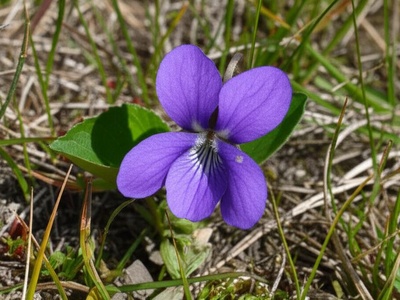
Pasque-type mountain violet
Small violet with distinctive spur, preferring calcareous alpine turf. It blooms in early summer and is part of specialized high-elevation plant communities.
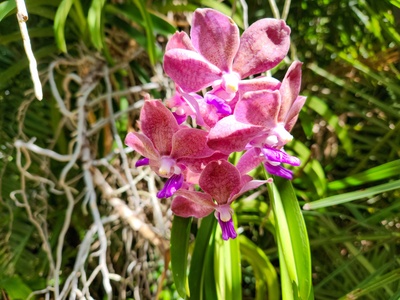
Common spotted orchid
Pink-spotted orchid frequent in semi-natural meadows and damp clearings. Its patterned flowers attract attention and it signals long-established grassland habitats.
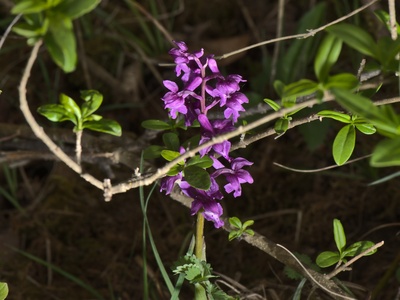
Early-purple orchid
A magenta-flowered orchid in spring, found at woodland margins and richer meadows. Early-purple orchids are part of Liechtenstein’s diverse spring flora.
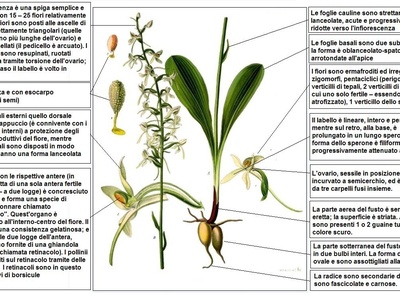
Lesser butterfly-orchid
An elegant white-flowered orchid of damp grassy places and light woodlands. It is locally rare and sensitive to changes in hydrology and meadow management.
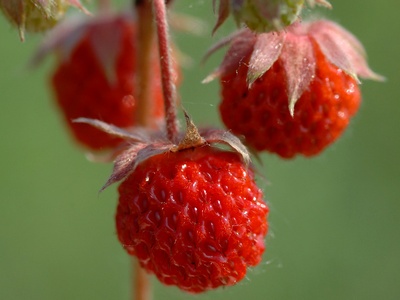
Wild strawberry
Low perennial with aromatic leaves and small red fruits, common in woodland edges and meadows. Wild strawberries are enjoyed by wildlife and people alike.
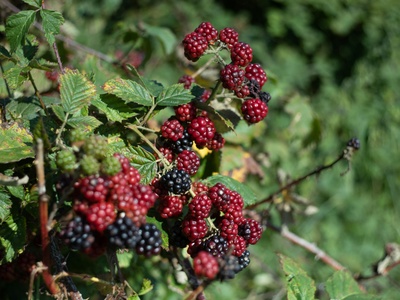
Wild raspberry
Deciduous bramble producing red edible fruit in summer. Raspberries colonize disturbed ground and form dense thickets that support birds and insects.
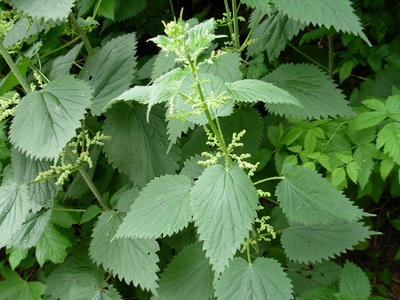
Stinging nettle
Tall perennial with stinging hairs and clusters of greenish flowers, common in nutrient-rich soils. Nettles support many butterfly larvae and indicate productive habitats.
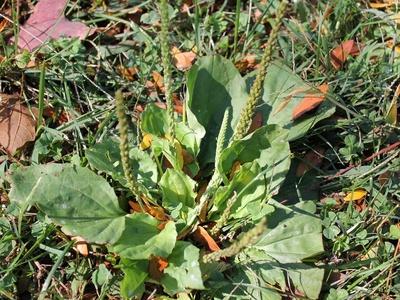
Common plantain
Rosette-forming herb growing in compacted soils along paths and fields. Noted for medicinal uses and persistence, plantain is a familiar roadside plant.
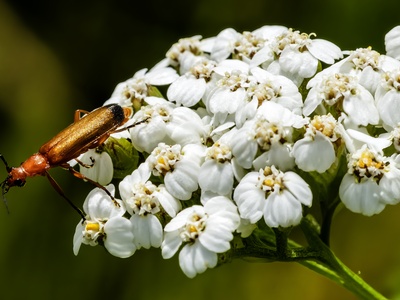
Yarrow
Feathery leaves and flat clusters of white flowers across meadows and banks. Yarrow tolerates grazing and mowing and is valued in traditional medicine.
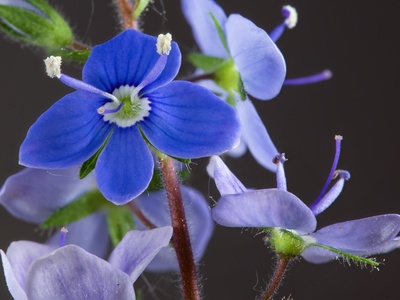
Germander speedwell
Blue-purple flowers on small leafy stems in grasslands and sunny edges. Speedwell is a typical component of herb-rich meadows and spring displays.
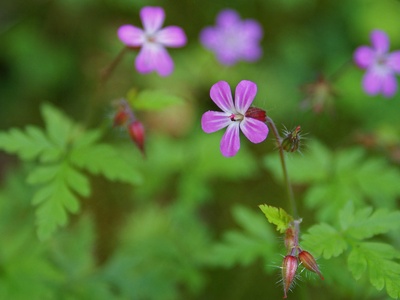
Herb-robert
A small, aromatic geranium with pink flowers and delicate leaves, common in shady and disturbed spots. It readily colonizes gaps in lowland and montane woods.
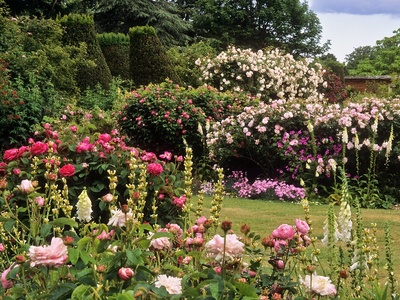
Foxglove
Tall spikes of tubular pink flowers often in light woodland clearings and hedgebanks. Foxglove is striking but contains potent cardiac compounds; it attracts bees.
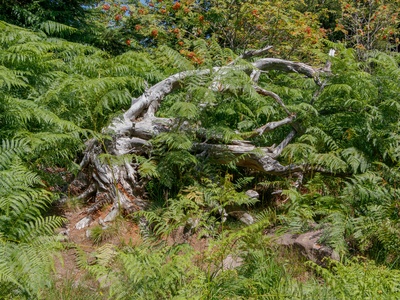
Bracken
Widespread large fern forming dense stands on slopes and disturbed sites. Bracken can dominate vegetation if grazing or cutting regimes change, influencing habitat structure.
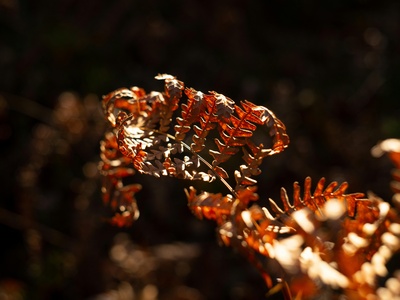
Male fern
A robust evergreen fern of shady woodland floors and gullies, forming large fronds and contributing to forest understory diversity and moisture retention.
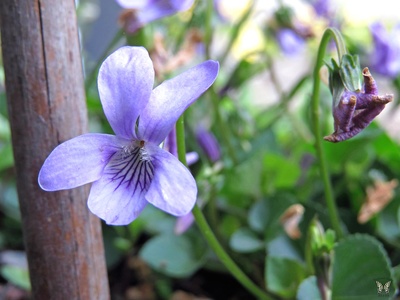
Sweet violet
Low perennial with fragrant purple flowers in spring, occurring in damp, shaded woodlands and gardens; loved for scent and early pollinator resources.
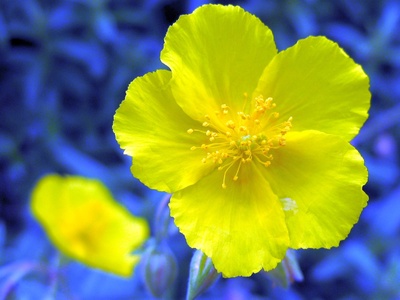
Rockrose
Low mat-forming shrub with bright yellow flowers on lime-rich slopes. It favors open, sunny sites and is characteristic of traditional grazed grasslands.
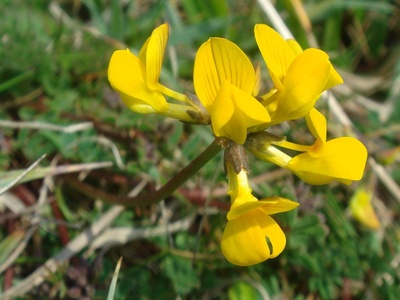
Meadow vetchling
A yellow pea-flowered perennial climbing through grasses in meadows and riversides. It enriches soils through nitrogen fixation and feeds pollinators.
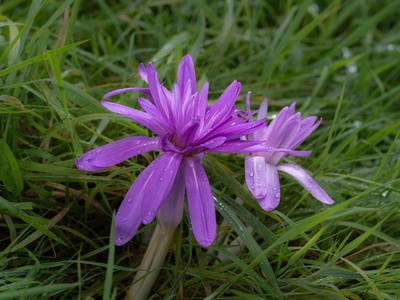
Autumn crocus (meadow saffron)
Bulb-like herb producing crocus-like flowers in autumn above grass. Toxic but historically notable, it prefers seasonally wet meadows and traditional hayfields.
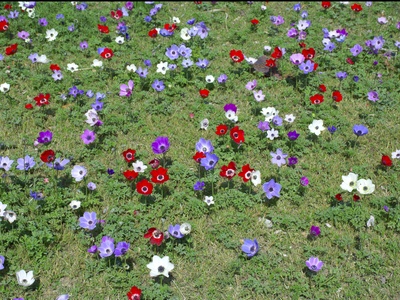
Anemone
Delicate white spring flowers carpeting woodland floors where light reaches early in the season. Wood anemone indicates ancient woodland and a well-timed seasonal burst of color.
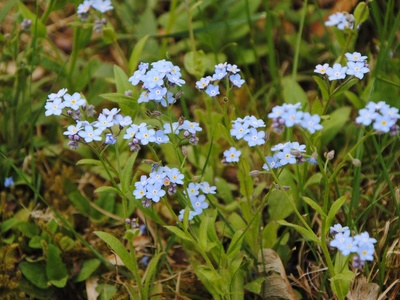
Forget-me-not (water)
Small blue flowers along wet ditches and streams, offering early-season nectar. Water forget-me-not is a familiar riparian wildflower along Liechtenstein’s waterways.
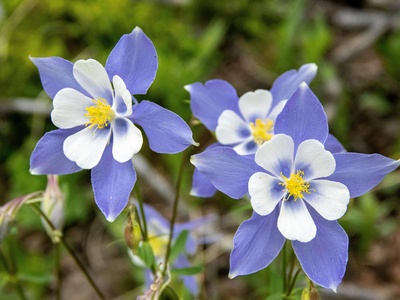
Columbine
Graceful, spurred purple flowers in partial shade or rocky ledges. Columbines are valued for their unique flower shape and attract long-tongued pollinators.
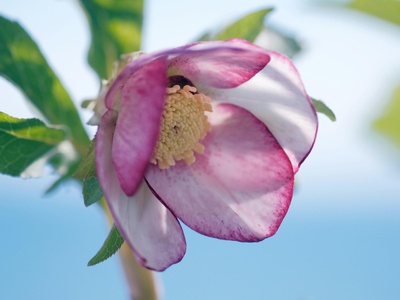
Hellebore (Christmas rose)
Evergreen perennial with white winter flowers on lime-rich, shady sites. Hellebore blooms in late winter and is a sought-after but locally scarce wildflower.
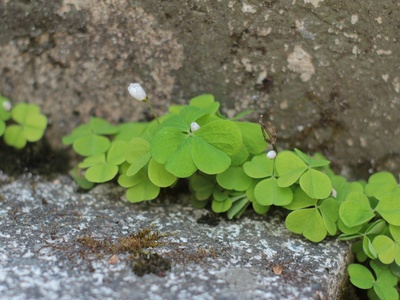
Wood sorrel
Delicate trifoliate leaves and small white-pink flowers, often carpeting cool, moist woodlands. Wood sorrel has a mild sour taste and is an early understory species.
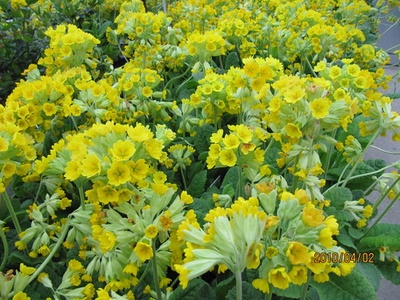
Oxlip or cowslip? (Cowslip)
Clustered yellow, scented primula in old meadows and pasture. Cowslip signals long-established hay meadows and traditional low-intensity agricultural landscapes.
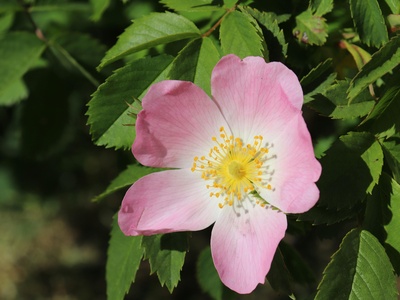
Dog rose
Prickly shrub with pale pink flowers and bright red hips in autumn. Dog rose forms thorny hedges that provide food and shelter for birds and insects.
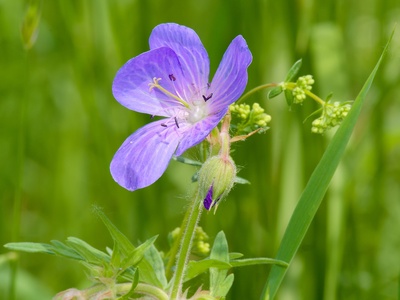
Meadow crane’s-bill
Tall geranium with blue-mauve flowers in wet meadows and road verges. It adds color to hayfields and supports pollinators in summer.
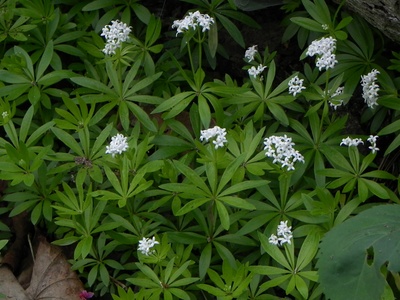
Sweet woodruff
Low groundcover with tiny white flowers and sweet scent in spring, found in shady beech and mixed woods. Historically used as a herb and bedding scent.
